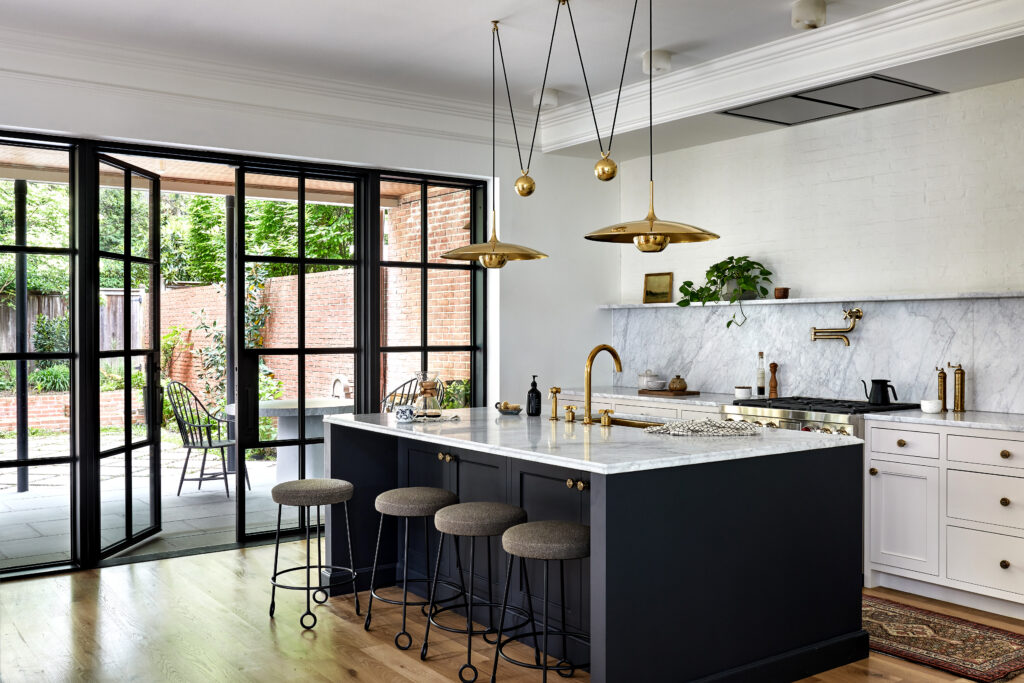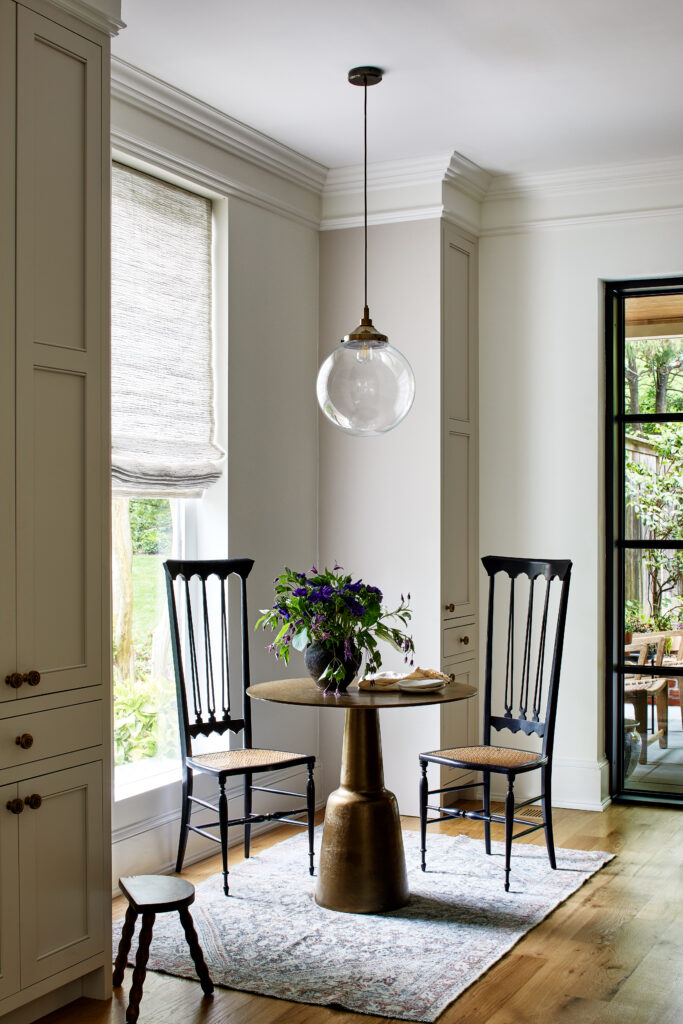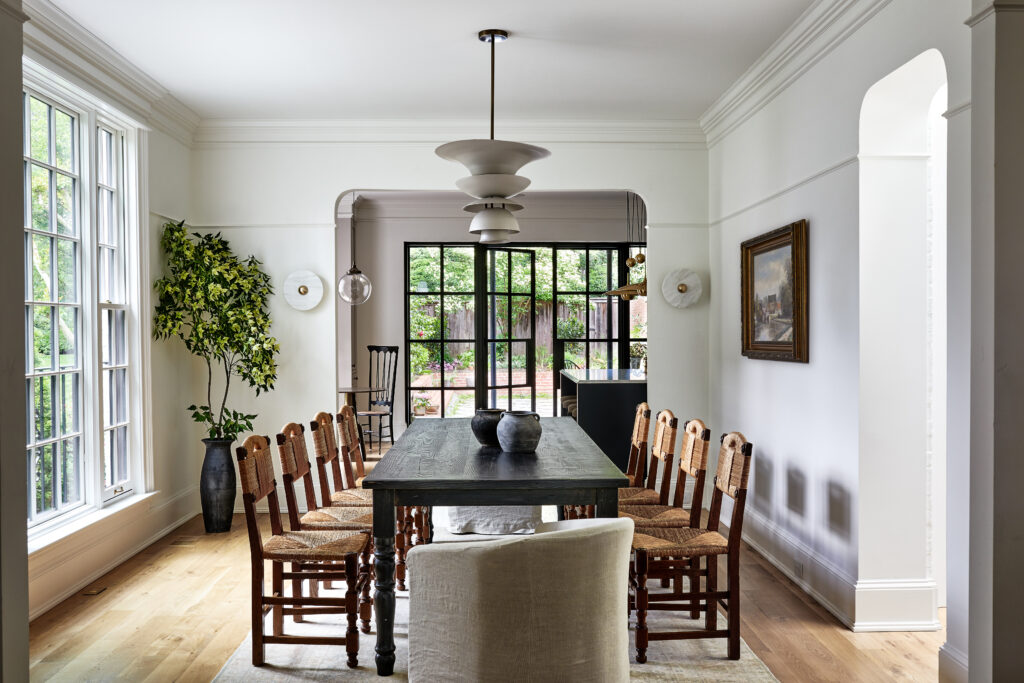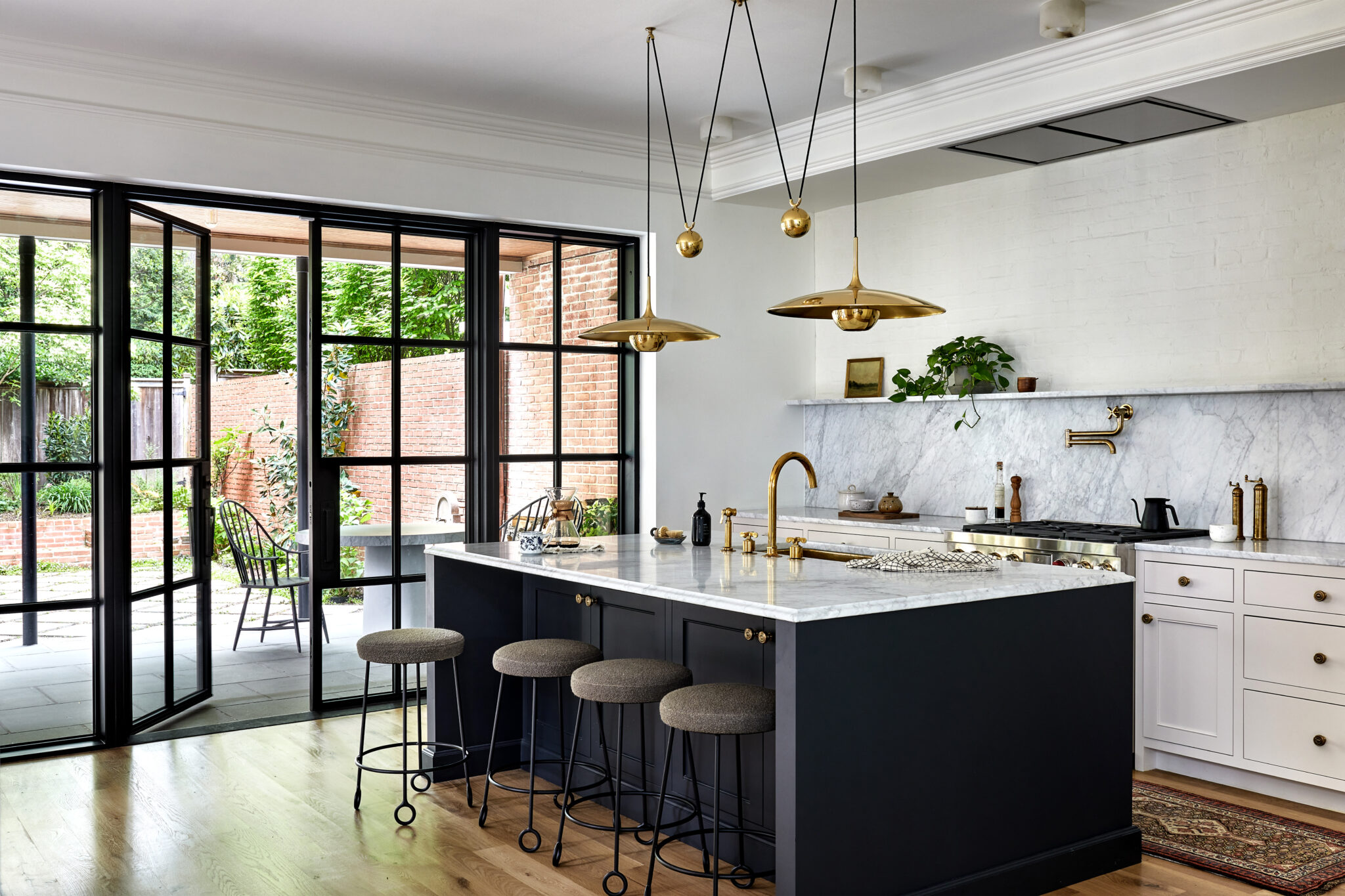Sara Swabb is the Founder and Creative Director of Storie Collective, a Washington, DC-based interior design firm specializing in refined residential interiors. Her work blends timeless elegance with fresh, contemporary touches, creating inviting spaces that tell each client’s unique story. From modern renovations of historic homes to new builds, Sara focuses on cohesive, nature-inspired designs that honor architectural integrity.
Sara’s expertise and thoughtful approach have earned her features in publications, such as The New York Times, Architectural Digest, Rue Magazine, and The Washington Post, highlighting her ability to transform spaces with both beauty and purpose. Known for her approachable style and attention to detail, she works closely with clients to build trust, navigate challenges, and deliver bespoke solutions tailored to their needs.



What’s the favorite part of the interior design process for you?
My favorite part of the interior design process is when the vision truly begins to take shape during the schematic design phase. It’s incredibly fulfilling to immerse myself in learning what brings our clients joy within a space—uncovering their goals, preferences, and unique aesthetic. When these insights come together, the excitement builds as initial selections start to emerge, weaving a refined color story, tailored inspirations, and thoughtful floor plans. This stage is where ideas gain depth and personality, transforming from concept to a narrative that authentically reflects the client’s life and aspirations.
What are you seeing as top trends for 2025?
Nature-inspired color palettes for 2025 bring the outdoors in through a sophisticated lens, avoiding rustic overtones and embracing a polished, refined approach. Rich earthy tones like terracotta, deep greens, and soft ochres can be elevated by using luxurious finishes and materials. For instance, a mossy green marble counter and backsplash selection might be complemented by velvet upholstery or a sleek leather chair, adding depth and elegance without feeling overly rustic.
The key is to integrate natural hues with materials that have a clean, modern edge—think smooth marble countertops in warm tones, handcrafted ceramic lighting fixtures with a refined glaze, or rich wood grain cabinetry in a high-end matte finish. Layering these earthy colors with fine textiles, curated art pieces, and touches of metallics, such as brass or bronze, creates a sense of understated luxury. This approach balances warmth and organic beauty with a contemporary sensibility, crafting spaces that feel timeless and elevated.

Are clients asking for formal dining rooms again? If so, how do you create the ideal dining space?
There’s a renewed interest in dining rooms serving their function, but with a more relaxed elegance, moving away from the formality and fussiness often associated with traditional spaces. Today’s ideal dining room is both inviting and refined, balancing beauty with practicality. It retains elements of luxury through thoughtful design details—like tailored upholstery, elegant lighting, and artful décor—while emphasizing comfort and warmth.
Importantly, the delicate touch should come through in the light fixtures rather than the chairs and table. Statement chandeliers or pendant lights can serve as focal points, adding elegance and refinement, while furniture remains sturdy, comfortable, and welcoming. This approach creates a space that encourages meaningful gatherings without feeling stiff, seamlessly blending intimate dinners with lively celebrations in effortless style.

What are some current kitchen must-haves? Any new appliances or special hidden features that you like to incorporate? What about island colors?
Current kitchen must-haves emphasize both style and discreet functionality. Hidden features, such as pull-out pantries, integrated charging stations, and concealed appliance garages, offer seamless convenience while maintaining a clean aesthetic. Natural stone in a honed finish for countertops and backsplashes adds timeless beauty and soft sophistication, blending visual interest with practical durability. Natural wood islands have been a big hit lately; however, I sense that earthy hues will start to make their way to the kitchen island. Thoughtful lighting details bring warmth and character, creating a more intimate ambiance. Pendants and sconces can highlight work areas, while chandeliers provide an elegant focal point, and even a small table lamp on the countertop adds a charming, unexpected glow. This layered approach creates a kitchen that feels both inviting and tailored to modern living.
Have you designed more sculleries and butler’s pantries lately? Is this a good place to add personal touches like wallpaper and color?
Absolutely! Sculleries and butler’s pantries have become sought-after extensions of the kitchen. These smaller spaces offer opportunities for unexpected design elements, like whimsical wallpaper, saturated paint colors, playful hardware, and unique tile installations, turning functional storage into a delightfully charming experience.
Anything else you want to add about dining at home and the interior design process?
Dining at home today is a beautiful blend of honoring traditions and embracing modern living. It’s about creating spaces that invite connection and feel uniquely personal—through thoughtful lighting, tailored furniture, and layers of texture that balance sophistication with comfort. For me, the interior design process thrives on getting to know my clients and weaving in their stories. When we work together to shape spaces where they can gather, share meals, and make memories, it turns a house into a true home, imbued with meaning and intention.



